The Different Types of Minimalism
With the concept of minimalism all over the internet, I’ve noticed that there’s a lot of judgement revolving around what a minimal life should or shouldn’t look like. Minimalists are often judged for owning too much stuff, for being too extreme or for not being sustainable enough. But did you know that living a minimalist lifestyle isn’t one-size-fits-all and that there are actually several different types of minimalism? Depending on individual priorities and values, one minimalist lifestyle can look far different from another! And this is completely fine!
In this post, I’m going to cover the 11 most common types of minimalism and their signs. Which type of minimalism fits your lifestyle best?
The Extreme Minimalist

Focus: Living with as few possessions as possible.
The extreme minimalist is one of the types of minimalism you see all over the internet. Extreme minimalists usually live in a small apartment with little furniture, white walls and a lot of empty spaces. They are very strict when it comes to letting new items into their life.
Living a minimalist lifestyle to them means to make life as simple as possible by simplifying chores like cleaning, organizing and maintaining their possessions. While other people view this kind of lifestyle as restrictive and their homes as cold, extreme minimalists perceive it as liberating to reduce their belongings to the bare minimum.
Typical Characteristics of the Extreme Minimalist
- They live with fewer than 100 items.
- They live in a small home or van.
- They are extremely intentional with what they buy.
- They avoid paper clutter as much as possible and store documents digitally instead.
- They wear the same outfit almost everyday or have a capsule wardrobe.
- They prioritize time over money.
- They spend the money they have on experiences rather than material items.
The Backpack Minimalist
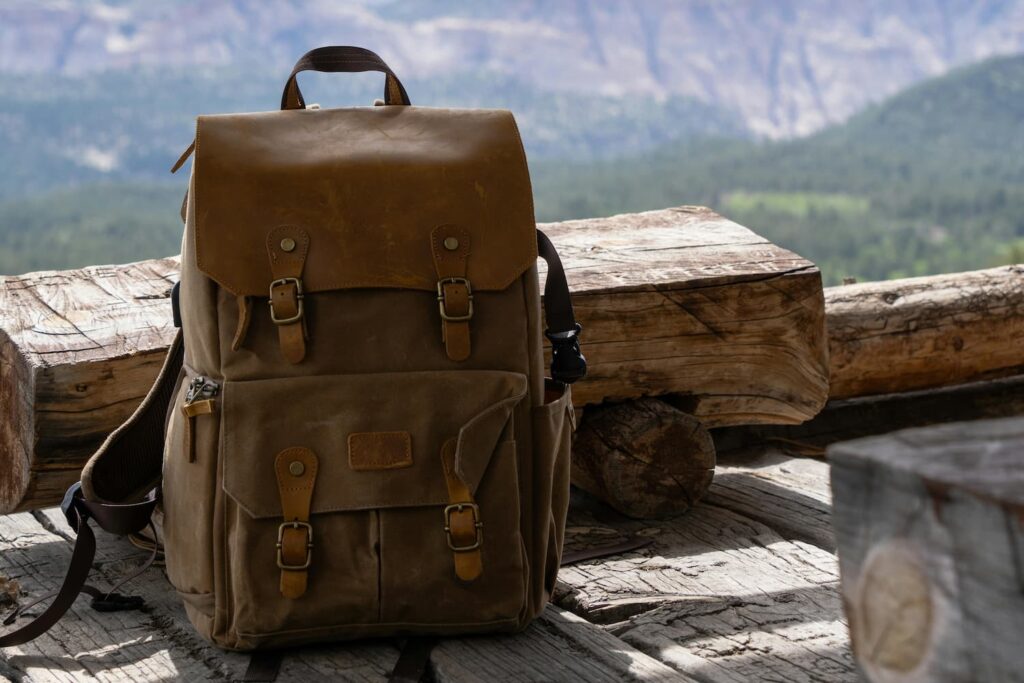
Focus: Living with only what fits in a backpack to travel.
Backpack minimalism is another form of extreme minimalism. However, as opposed to typical minimalists, the backpack minimalist often doesn’t own a permanent home and aligns all choices with a lifestyle that makes travelling as simple as possible.
The backpack minimalist often works from remote or lives off of savings and mainly spends money on travelling and experiences. To achieve this, they live a low-cost lifestyle and own only the essentials to keep their backpack light.
Backpack minimalism is about the freedom of having everything you need while staying flexible.
Typical characteristics of the Backpack Minimalist
- They never own more than what they can carry in a backpack.
- They keep their gear compact, ultralight and multi-functional.
- They are long-term travellers who embrace nomadic living (only renting places for a short period of time).
- They only own a really small amount of clothing.
- They have no attachment to material items.
- They focus on personal growth and cultural experiences while travelling.
The Frugal Minimalist
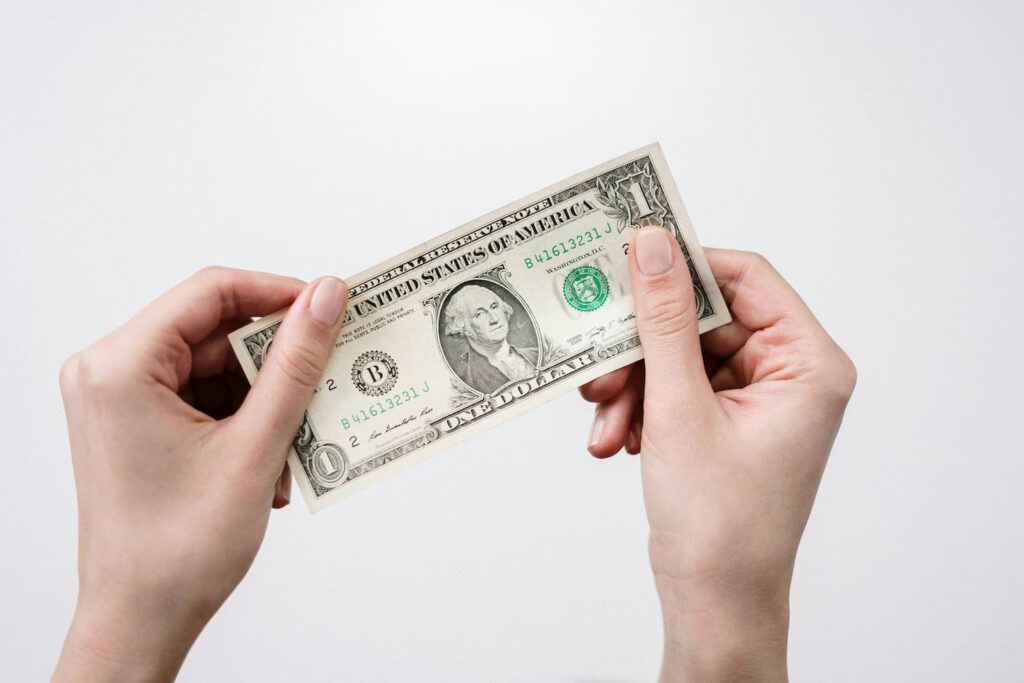
Focus: Reducing expenses to save money.
This is probably one of my favourite types of minimalism because who doesn’t like to save money? Frugal minimalists try to spend as little money as possible while questioning conventional lifestyles and rejecting consumer culture.
Their goal is often to retire early or pay off dept to gain financial independence and freedom. Owning and buying less stuff allows them to save money and live a simpler lifestyle.
Typical characteristics of the Frugal Minimalist
- They live below their means.
- They follow a strict budget and track spending.
- They own and buy only what’s necessary.
- They reuse, repurpose and repair items instead of buying them new.
- They meal plan to avoid food waste.
- They often don’t own a car and live in a small space to save money.
- They prefer low-cost activities like reading and spending time in nature.
The Eco Minimalist
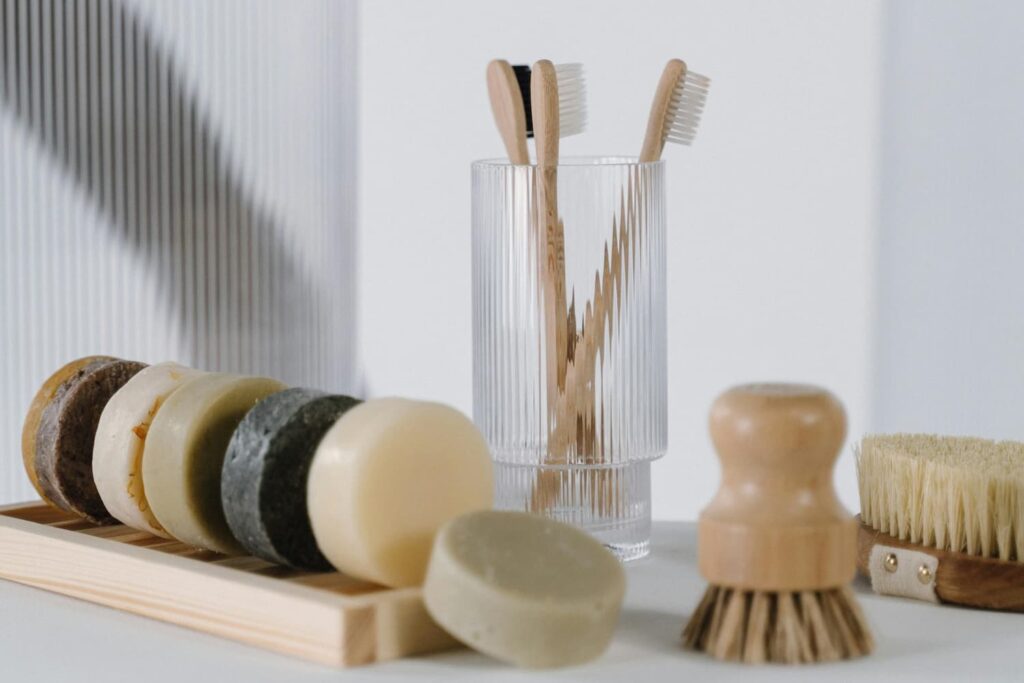
Focus: Living a sustainable lifestyle.
Although living a minimalist lifestyle often automatically reduces environmental impact, it isn’t always as sustainable as some might think it is. A lot of minimalists declutter and throw away their stuff without thinking about where it may end up. Old items are often replaced by new and more aesthetic or functional ones.
But this isn’t the case for eco minimalists! The eco minimalist’s biggest priority is to live an eco-friendly lifestyle, no matter if it fits the Instagram aesthetics of minimalism or not.
This often means making the most out of what’s already there, reducing waste and consuming more mindfully and ethically. The eco minimalist tries to think about sustainability in every aspect of their life.
Typical characteristics of the Eco Minimalist
- They don’t own a car or share it with someone else.
- The eat a plant-based or low-impact diet.
- They don’t mind spending a little extra money on a product, if they know it’s produced sustainably.
- They sell, gift, donate, recycle or repurpose their decluttered items to make sure they don’t end up in landfill.
- They choose reusable and high quality products that last long.
- They avoid fast fashion and prefer thrifting or buying clothes from sustainable brands.
- They use natural and non-toxic personal care products.
- They save energy and water.
38 Eco Friendly Living Tips for Students
The Digital Minimalist
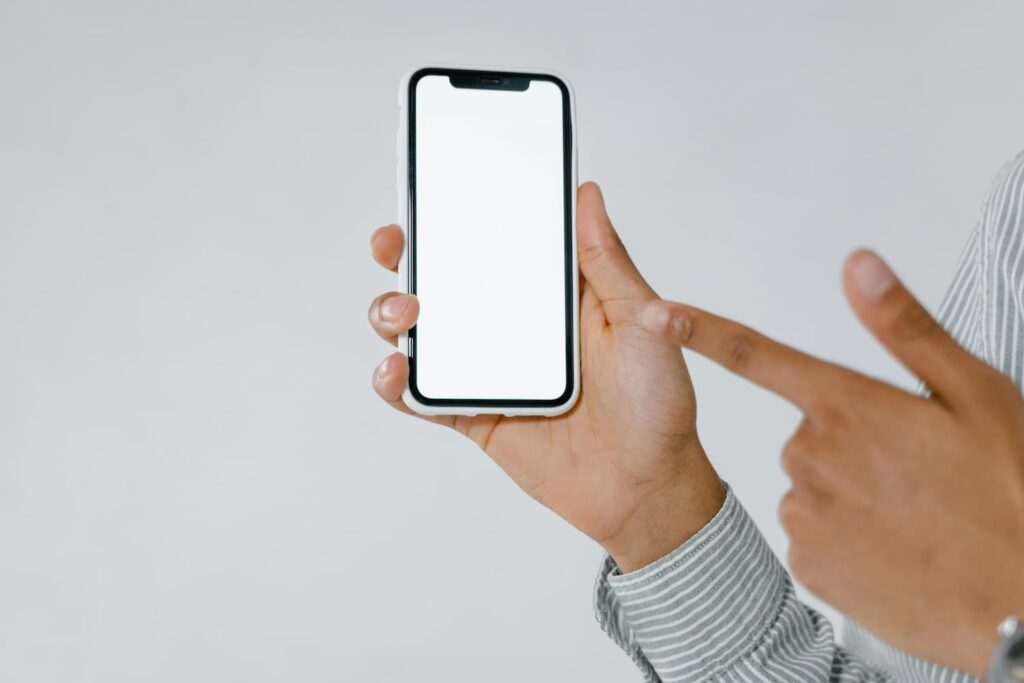
Focus: Reducing screentime and using technology with intention.
I don’t know about you, but I think we could all use a good digital detox sometimes. With social media on the rise, it’s getting more difficult than ever to ditch the cheap dopamine we get from scrolling on our phones and participate in productive offline activites instead.
The digital minimalist’s goal is to avoid digital distractions as much as possible and use technology intentionally instead. Modern technological devices are seen as tools to reach goals faster and more effective rather than machines that control our attention.
Typical characteristics of the Digital Minimalist
- They turn off non-essential notifications.
- They schedule specific times to spend on digital devices.
- They regularly delete apps and files they don’t need and unsubscribe from newsletters.
- They prefer real-life interactions and offline activities like reading, spending time in nature or journaling.
- They make regular digital detoxes (e.g. one day a week).
- They prioritize creating over consuming content.
The Spiritual Minimalist

Focus: Inner peace and intentional living.
The Spiritual Minimalist doesn’t focus so much on owning fewer things. The focus is more on living a simpler and slower lifestyle to find inner peace and establish a deeper connection to themselves and the world around them.
Spiritual minimalists declutter values and beliefs that don’t serve them anymore. This way, they can adopt a lifestyle that is purposeful and intentional.
Typical characteristics of the Spiritual Minimalist
- They practice mindfulness through meditation and reflection.
- They live in the moment.
- They value deep relationships with themselves, other people and the world around them.
- They regularly practice gratitude for the things they already have in life.
- They align their lifestyle with their values.
- They value experiences over material possessions.
The Aesthetic Minimalist
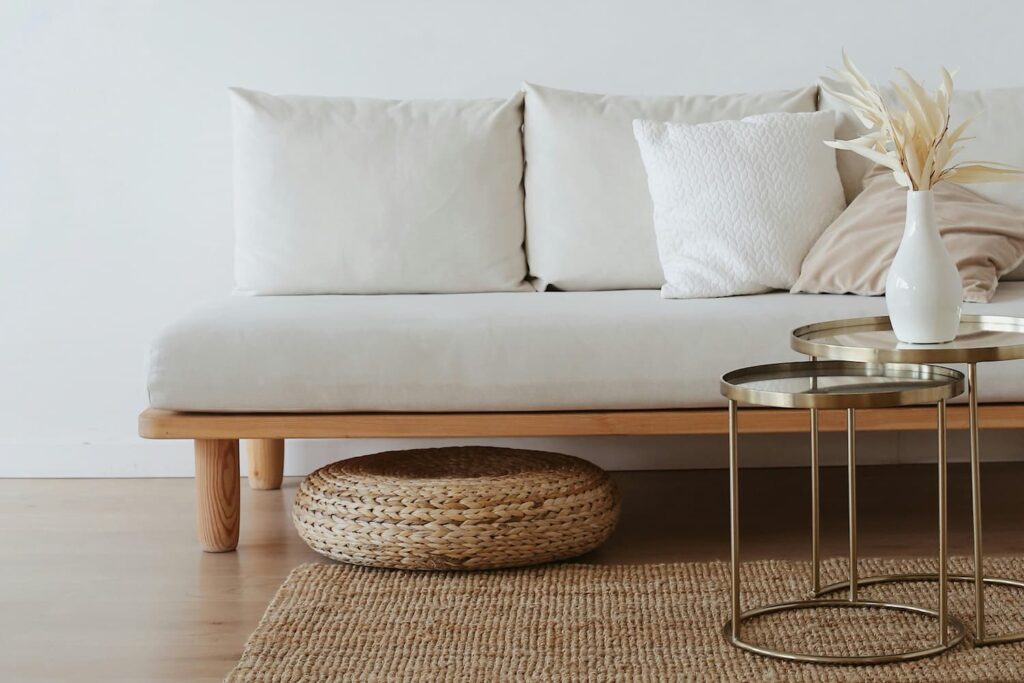
Focus: Emphasizing minimalism in home design and fashion.
Did you know that for a long time, the term minimalism wasn’t associated with lifestyle choices but with art and design? And even today a lot of minimalists just love the aesthetics of it all.
A lot of people prefer a minimalist look when it comes to interior design, fashion and art. The aesthetic minimalist loves minimalist design because it’s simple and looks clean.
Typical characteristics of the Aesthetic Minimalist
- They prefer simple home designs with clean lines and neutral colors.
- They keep their wardrobe simple with only a few colors and versatile clothing pieces.
- They love the beauty of living with less.
- They prefer timeless pieces over trendy ones.
- They keep their decorations minimal.
The Highly Sensitive Minimalist
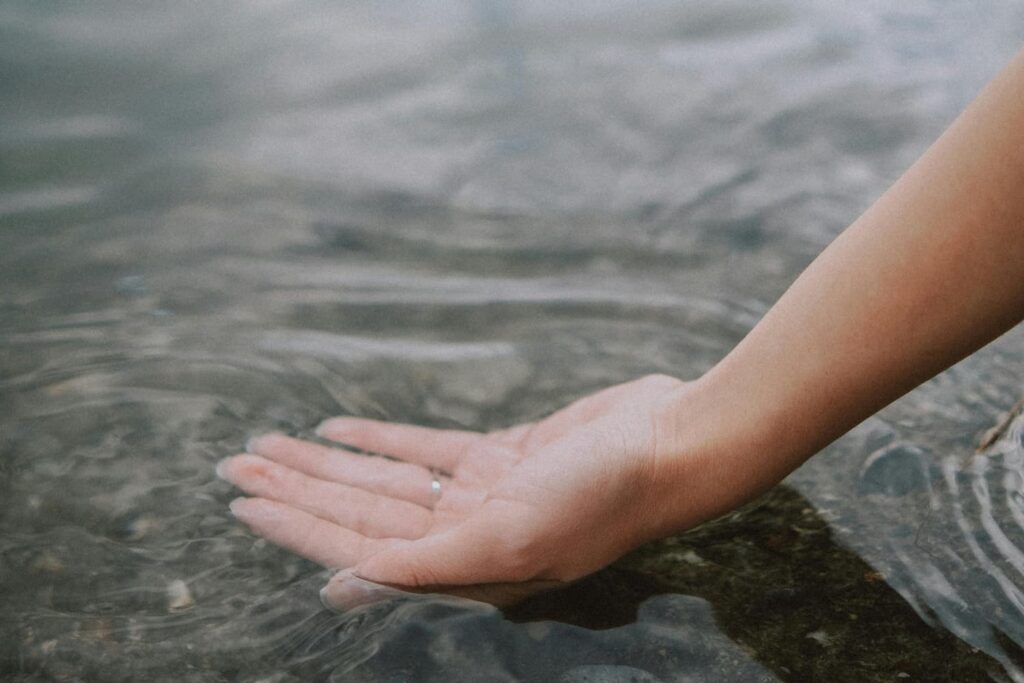
Focus: Reducing sensory overwhelm.
I have actually never seen this type of minimalist mentioned anywhere but I think the highly sensitive minimalist deserves to be mentioned here.
Highly sensitive people (HSP’s) are often drawn to the concept of minimalism because they experience emotions and sensory input more intensely than other people. Living a minimalist lifestyle helps them to avoid feeling emotional overwhelm and sensory overload.
Typical characteristics of the Highly Sensitive Minimalist
- The prefer clean, organized spaces without visual clutter.
- They are selective with the fabric and colors of their clothes.
- They reduce their screentime to avoid information overload.
- They love spending time in nature and practicing mindfulness.
- They avoid social interactions that drain their energy.
The Family Minimalist
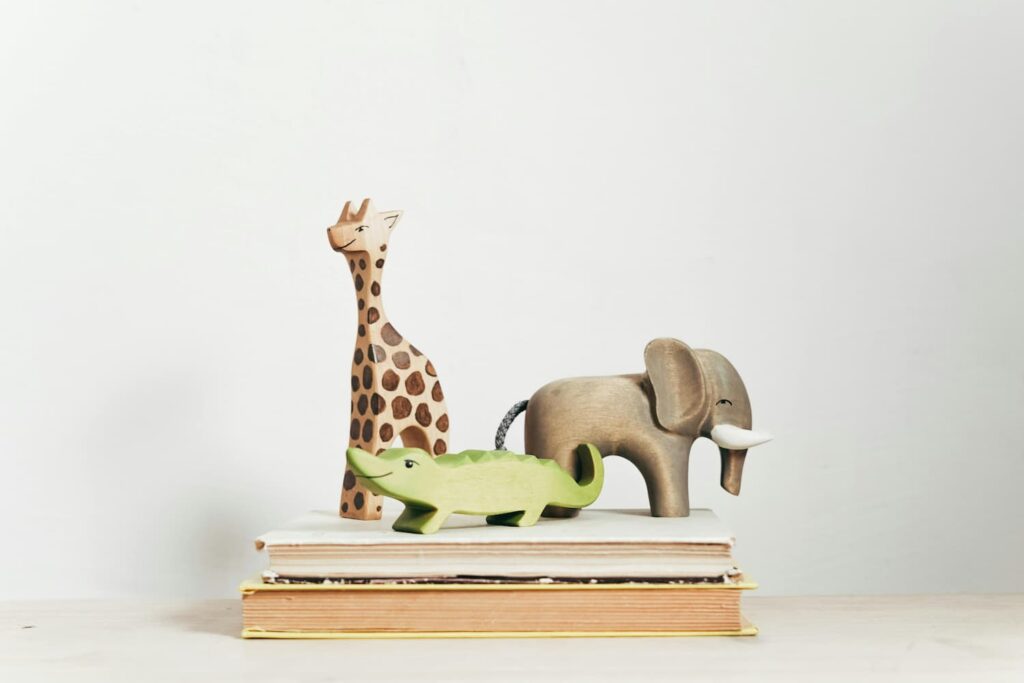
Focus: Making more time for the family.
Living a minimalist lifestyle with children can feel challenging and sometimes even impossible. But family minimalism welcomes the idea that minimalism doesn’t have to be perfect.
Minimalist living is supposed to make life simpler by reducing clutter and distractions to make time for what’s really important. In this case: Spending time with the family instead of endlessly organizing toys and doing laundry.
Typical characteristics of the Family Minimalist
- They keep a managable number of toys and clothes for their children.
- They encourage their kids to be creative with the toys they have.
- They prioritize quality family time over packing their children’s schedule.
- They encourage relatives to avoid unnecessary gifts.
- They teach their kids gratitude and mindful consumption.
The Practical Minimalist
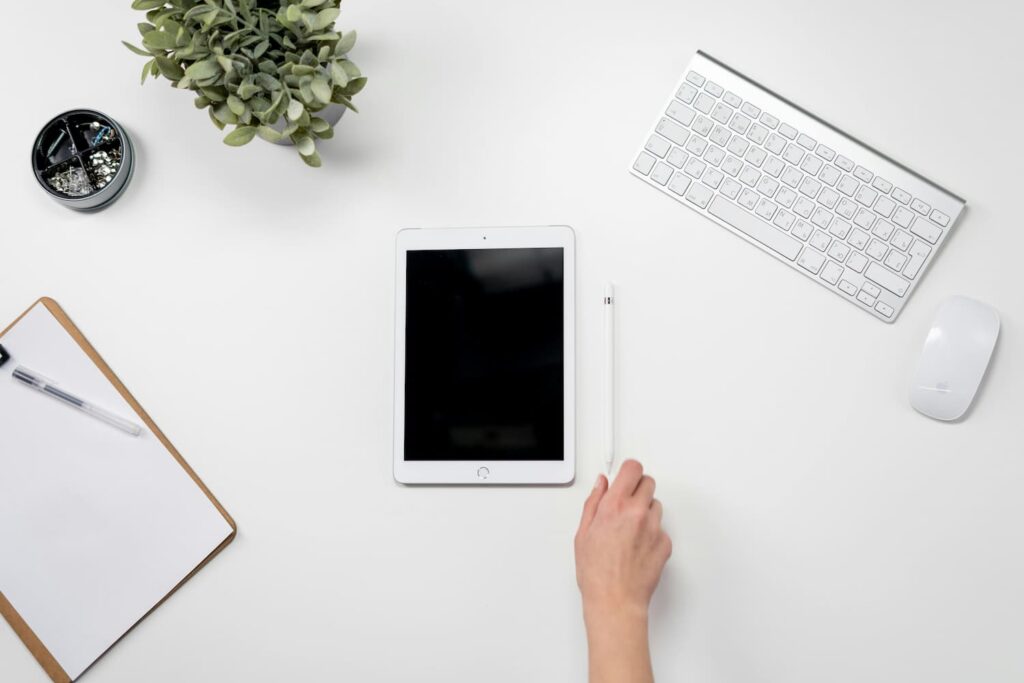
Focus: Functionality and purpose.
The practical minimalist doesn’t focus so much on numbers, aesthetics and money but on creating a simple-to-follow and realistic lifestyle. Unlike extreme minimalists, practical minimalists don’t reduce their belongings to a number that makes everyday life inconvenient. They prioritize having things that are high quality and functional.
Typical characteristics of the Practical Minimalist
- They prioritize practicality over aesthetics.
- They avoid excessive possessions that don’t serve a clear function or purpose.
- All of their items have a place and are easy to access and use.
- They are intentional with their purchases focussing on affordability and quality.
- They are intentional with their time and often follow routines.
The Moderate Minimalist
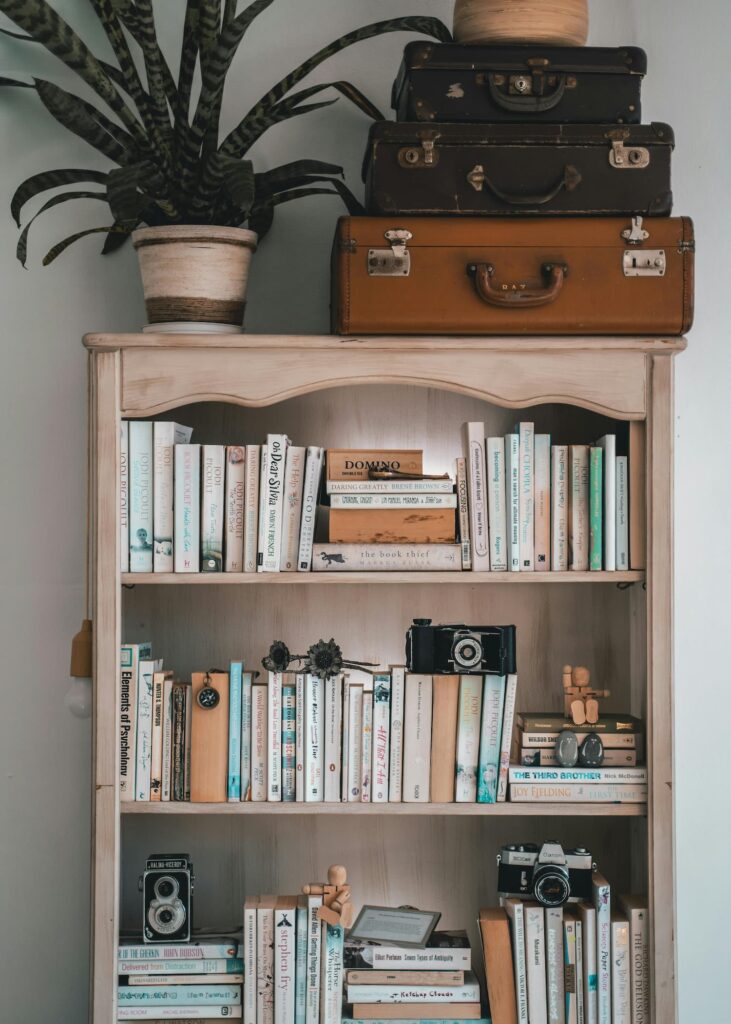
Focus: Making minimalism realistic and flexible.
With the internet constantly talking about extreme minimalism, it is not unusual to think: “I can’t keep up with this lifestyle.” “This is too restrictive.” “What if minimalism just isn’t for me?”.
But don’t worry, you don’t have to fit into any of those rigid boxes! The moderate minimalist proves that a minimalist lifestyle is possible without strict rules, white walls and constant decluttering. Moderate minimalism is an approach that allows balance and flexibility. It’s about making minimalism work for you!
Typical characteristics of the Moderate Minimalist
- They prefer practicability over being extreme.
- They often don’t have strict rules like the “one in, one out” rule or only owning a specific number of things.
- They have space for decorations and sentimental items.
- They like clean and organized spaces but it doesn’t all have to be empty and white.
- They value experiences over material possessions.
Final Thoughts on the 11 Types of Minimalism
I hope these 11 types of minimalism gave you a better idea of what it can mean to live a minimal lifestyle. It doesn’t have to be perfect at all!
And also: It is really really common for people to take the ideas of more than one type of minimalism to create a lifestyle that’s right for them. Becaue many of these different approaches to minimalism actually overlap.
In the end, it is all about making your life simpler and more meaningful. And the HOW is totally up to you and your preferences.
What type of minimalism resonates with you the most? Can you think of even more types of minimalism?
I’d love to hear from you in the comments!
